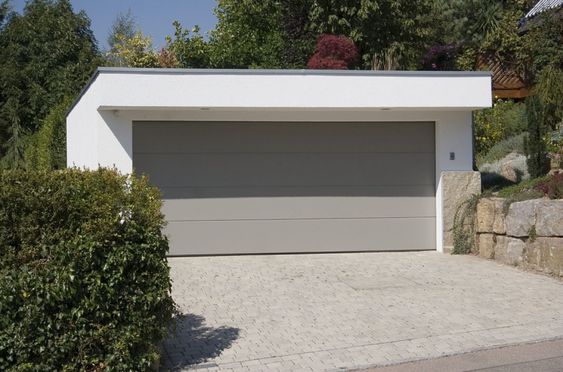Embarking on a garage door replacement project is an exciting endeavor that can enhance the functionality, aesthetics, and value of your home. However, like any home improvement project, it’s essential to be aware of potential challenges and take proactive measures to prevent common issues. As someone who recently underwent a garage door replacement, I’m eager to share my firsthand experience and insights into preventing common issues throughout the process.

In Garage Door Repair, let’s navigate through the key steps and strategies to ensure a seamless garage door replacement journey.
- Do Your Research: Before diving into a garage door replacement project, it’s crucial to do your research and familiarize yourself with the process. Take the time to explore different garage door styles, materials, and features to determine what best suits your needs and preferences. Additionally, research reputable garage door companies in your area and read reviews from previous customers to ensure you’re working with a trusted provider.
- Choose the Right Door: Selecting the right garage door is paramount to preventing common issues down the line. Consider factors such as durability, insulation, security features, and aesthetic appeal when choosing your new door. Consult with a knowledgeable sales representative or technician to help you select a door that meets your requirements and fits seamlessly with your home’s architecture.
- Accurate Measurements: One of the most common issues during garage door replacement is inaccurate measurements. To prevent this, take precise measurements of your garage door opening, including width, height, and clearance requirements. Double-check your measurements and consult with a professional if you’re unsure to ensure your new door fits perfectly and operates smoothly.
- Professional Installation: While DIY installation may seem tempting, hiring a professional for garage door replacement is highly recommended to prevent potential issues. Professional installers have the expertise, tools, and experience to ensure proper installation, alignment, and functionality of your new garage door. They can also identify and address any underlying issues with your garage door system to prevent future problems.
- Addressing Structural Issues: Before installing a new garage door, it’s essential to address any structural issues with your garage, such as uneven floors, damaged framing, or insufficient support. Structural issues can affect the stability and performance of your new door, leading to premature wear and tear or operational issues. Work with a qualified contractor to address any structural concerns before proceeding with the replacement.
- Upgrading Hardware and Components: While replacing your garage door, consider upgrading hardware and components such as springs, rollers, tracks, and hinges. These components play a crucial role in the smooth operation and longevity of your garage door system. Investing in high-quality hardware and components can prevent common issues such as noisy operation, misalignment, and premature wear.
- Proper Insulation and Weatherproofing: Insufficient insulation and weatherproofing can lead to energy loss, drafts, and moisture infiltration, affecting the comfort and efficiency of your home. When replacing your garage door, opt for a model with adequate insulation and weather seals to prevent heat loss in the winter and heat gain in the summer. Proper insulation and weatherproofing also help protect your garage and belongings from extreme temperatures and moisture damage.
- Routine Maintenance and Care: Preventive maintenance is key to preventing common issues and prolonging the life of your garage door system. Make it a habit to perform routine maintenance tasks such as lubricating moving parts, inspecting springs and cables, and checking for signs of wear and tear. Address any issues promptly and schedule regular professional maintenance to keep your garage door in optimal condition.
- Educate Yourself: Knowledge is power when it comes to preventing common issues with garage door replacement. Take the time to educate yourself about your garage door system, including how it operates, common maintenance tasks, and troubleshooting tips. By understanding how your garage door works and how to care for it properly, you can prevent issues before they arise and ensure smooth, trouble-free operation.
- Communication with Your Installer: Throughout the garage door replacement process, maintain open communication with your installer or contractor. Voice any concerns or preferences you have regarding the installation, and ask questions if anything is unclear. A reputable installer will prioritize customer satisfaction and ensure that your needs are met throughout the project.
In conclusion, based from Garage Door Repair, preventing common issues during garage door replacement requires careful planning, attention to detail, and proactive measures. By doing your research, choosing the right door, taking accurate measurements, hiring a professional installer, addressing structural issues, upgrading hardware and components, ensuring proper insulation and weatherproofing, performing routine maintenance, educating yourself, and communicating effectively with your installer, you can avoid potential pitfalls and enjoy a seamless garage door replacement experience. With these strategies in place, you can upgrade your home with confidence and peace of mind, knowing that your new garage door will enhance both the beauty and functionality of your space for years to come.
DoorJam Garage
3148 Quarry Rd, Wake Forest, NC 27587
919-906-6623









